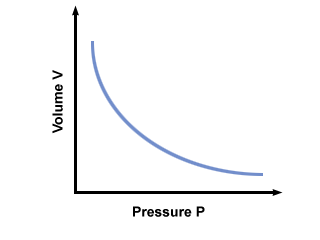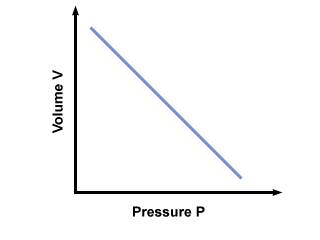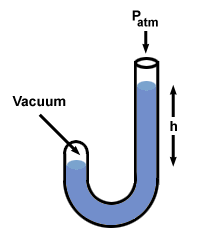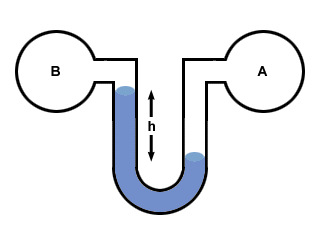Please wait while we process your payment
If you don't see it, please check your spam folder. Sometimes it can end up there.
If you don't see it, please check your spam folder. Sometimes it can end up there.
Please wait while we process your payment
Get instant, ad-free access to our grade-boosting study tools with a 7-day free trial!
Learn more



This site is protected by reCAPTCHA and the Google Privacy Policy and Terms of Service apply.
Create Account
Select Plan
Payment Info
Start 7-Day Free Trial!

Annual
2-49 accounts
$22.49/year + tax
50-99 accounts
$20.99/year + tax
Select Quantity
Price per seat
$29.99 $--.--
Subtotal
$-.--
Want 100 or more? Request a customized plan
You could save over 50%
by choosing an Annual Plan!

SAVE OVER 50%
compared to the monthly price!
| Focused-studying | ||
| PLUS Study Tools | ||
| AP® Test Prep PLUS | ||
| My PLUS Activity | ||
$22.49/month + tax
Save 25%
on 2-49 accounts
$20.99/month + tax
Save 30%
on 50-99 accounts
| Focused-studying | ||
| PLUS Study Tools | ||
| AP® Test Prep PLUS | ||
| My PLUS Activity | ||
No Fear provides access to Shakespeare for students who normally couldn’t (or wouldn’t) read his plays. It’s also a very useful tool when trying to explain Shakespeare’s wordplay!
Erika M.
I tutor high school students in a variety of subjects. Having access to the literature translations helps me to stay informed about the various assignments. Your summaries and translations are invaluable.
Kathy B.
Teaching Shakespeare to today's generation can be challenging. No Fear helps a ton with understanding the crux of the text.
Kay H.
No Fear provides access to Shakespeare for students who normally couldn’t (or wouldn’t) read his plays. It’s also a very useful tool when trying to explain Shakespeare’s wordplay!
Erika M.
I tutor high school students in a variety of subjects. Having access to the literature translations helps me to stay informed about the various assignments. Your summaries and translations are invaluable.
Kathy B.
Teaching Shakespeare to today's generation can be challenging. No Fear helps a ton with understanding the crux of the text.
Kay H.
Create Account
Select Plan
Payment Info
Start 7-Day Free Trial!
You will only be charged after the completion of the 7-day free trial.
If you cancel your account before the free trial is over, you will not be charged.
You will only be charged after the completion of the 7-day free trial. If you cancel your account before the free trial is over, you will not be charged.
Order Summary
Annual
7-day Free Trial
SparkNotes PLUS
$29.99 / year
Annual
Quantity
51
PLUS Group Discount
$29.99 $29.99 / seat
Tax
$0.00
SPARK25
-$1.25
25% Off
Total billed on Nov 7, 2024 after 7-day free trail
$29.99
Total billed
$0.00
Due Today
$0.00
Promo code
This is not a valid promo code
Card Details
By placing your order you agree to our terms of service and privacy policy.
By saving your payment information you allow SparkNotes to charge you for future payments in accordance with their terms.
Powered by stripe
Legal
Google pay.......



Please wait while we process your payment

Sorry, you must enter a valid email address
By entering an email, you agree to our privacy policy.
Please wait while we process your payment

Sorry, you must enter a valid email address
By entering an email, you agree to our privacy policy.
Please wait while we process your payment

Your PLUS subscription has expired
Please wait while we process your payment
Please wait while we process your payment

Problems
Problem : Molly admires her red balloon, which has a volume of 2.0 liters at sea level (1.0 atm). A clown catches her eye, and she lets go of the balloon. The red balloon goes up and up until the pressure around it is 0.80 atm. Assuming isothermal conditions, what is the new volume of Molly's red balloon?
This problem is a straightforward application of Boyle's law. P1V1 = P2V2 rearranges to = V2. After plugging in values,
we find that the balloon's volume V2 = 2.5 liters.
= V2. After plugging in values,
we find that the balloon's volume V2 = 2.5 liters.
Problem : Graph the pressure vs. volume relationship dictated by Boyle's law. If Boyle's law stated that P = aV, where a < 0, what would the graph of P vs. V look like?
A graph of P vs. V according to Boyle's law is shown below:

Problem : Initially the volume and pressure of a sample of gas are 1 dm3 and 10 smoots, respectively. The volume is raised isothermally to 10 dm3. What is the pressure of the gas in smoots under these conditions?
Don't let the unfamiliar units of dm3 and smoots confuse you. Your first reaction may to be convert to SI units. In this case you can't; smoots are completely imaginary. Instead realize that the equation P1V1 = P2V2 works as long as the units of P1P2 and V1V2 are the same. The actual units of pressure or volume don't matter. So rearrange the equation to = P2. Plugging in values, we find that P2 = 1 smoot.
= P2. Plugging in values, we find that P2 = 1 smoot.
Problem :
One end of a mercury filled manometer is open to the atmosphere, while the
other is closed and contains a vacuum. What does the height difference h of
the Hg columns measure?

Problem :
The pressure of gas A (PA) is 3.0 atm. The height of the mercury column h
is 1140 mm. What is the pressure of gas B (PB) in atmospheres? Assume that
1 mm Hg = 1/760 atm.

Please wait while we process your payment





